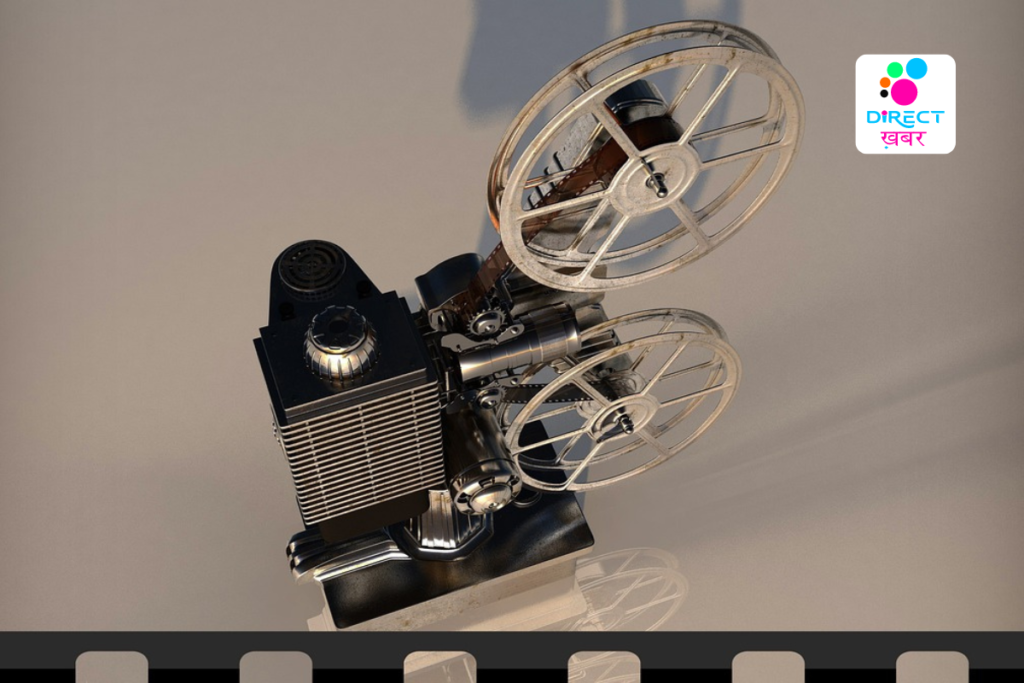Rediscovering Bollywood Classics: 80s and 90s Evergreen Films
Bollywood, the Hindi film industry, has a rich history spanning decades, with the 80s and 90s often considered a golden era for its cinematic offerings. These decades saw the rise of iconic actors, memorable songs, and timeless stories that continue to resonate with audiences today. In this exploration, we delve into some of the most beloved films from this era, highlighting their enduring appeal and cultural significance.

1. Sholay (1975):
– Although technically from the 70s, “Sholay” continued to dominate the cinematic landscape well into the 80s and beyond.
– Directed by Ramesh Sippy, this action-packed epic set the standard for Bollywood masala films with its larger-than-life characters and memorable dialogues.
– The bromance between Jai and Veeru, played by Amitabh Bachchan and Dharmendra respectively, remains iconic, as does the menacing presence of Gabbar Singh, portrayed by Amjad Khan.
– “Sholay” redefined Indian cinema and continues to be celebrated as a classic.
2. Mr. India (1987):
– Directed by Shekhar Kapur and featuring Anil Kapoor and Sridevi in lead roles, “Mr. India” blended sci-fi elements with Bollywood masala to create a unique and entertaining film.
– The character of Mogambo, played by Amrish Puri, became an instant sensation, with his catchphrase “Mogambo khush hua” etched into Bollywood folklore.
– The film’s iconic songs, including “Hawa Hawai” and “Kaate Nahi Kat Te,” are still popular choices at parties and weddings.

3. Dilwale Dulhania Le Jayenge (1995):
– Directed by Aditya Chopra and starring Shah Rukh Khan and Kajol, “Dilwale Dulhania Le Jayenge” (DDLJ) is one of the most beloved romantic films in Bollywood history.
– DDLJ revolutionized the portrayal of love and relationships in Indian cinema, with its emphasis on modern values and family dynamics.
– The film’s picturesque Swiss locations, soulful soundtrack, and charming lead pair captivated audiences worldwide, making it the longest-running film in Indian cinema history.
4. Maine Pyar Kiya (1989):
– Directed by Sooraj Barjatya and starring Salman Khan and Bhagyashree, “Maine Pyar Kiya” marked the debut of both actors and filmmaker.
– The film’s simple yet heartwarming story about young love transcending class barriers struck a chord with audiences across demographics.
– Songs like “Dil Deewana” and “Kabootar Ja Ja Ja” became instant hits, while Salman Khan’s portrayal of Prem established him as a romantic hero.

5. Hum Aapke Hain Koun..! (1994):
– Another blockbuster from director Sooraj Barjatya, “Hum Aapke Hain Koun..!” (HAHK) redefined the concept of family dramas in Bollywood.
– Starring Salman Khan and Madhuri Dixit in lead roles, HAHK celebrated Indian traditions and family values, resonating strongly with audiences.
– The film’s elaborate song-and-dance sequences, lavish sets, and ensemble cast, including Mohnish Bahl, Renuka Shahane, and Anupam Kher, contributed to its immense success.
6. Jo Jeeta Wohi Sikandar (1992):
– Directed by Mansoor Khan, “Jo Jeeta Wohi Sikandar” was a coming-of-age sports drama that captured the spirit of youth and competition.
– Starring Aamir Khan, Ayesha Jhulka, and Pooja Bedi, the film revolved around a cycling competition between rival colleges.
– Its memorable soundtrack, including the song “Pehla Nasha,” remains popular, while its message of perseverance and sportsmanship continues to inspire.

7. Rangeela (1995):
– Directed by Ram Gopal Varma, “Rangeela” marked a departure from traditional Bollywood fare with its contemporary storyline and urban setting.
– Starring Aamir Khan, Urmila Matondkar, and Jackie Shroff, the film explored the dreams and aspirations of struggling artists in Mumbai’s film industry.
– A.R. Rahman’s chart-topping music, coupled with Urmila Matondkar’s electrifying performance, earned critical acclaim and commercial success for the film.
The 80s and 90s were a transformative period for Bollywood, witnessing the emergence of new genres, storytelling techniques, and cinematic trends. The films mentioned above not only entertained audiences but also left an indelible mark on Indian popular culture. As we revisit these evergreen classics, we are reminded of their timeless appeal and enduring relevance in the pantheon of Bollywood cinema.






